Individual needs should be matched to technological features

Since the introduction more than 50 years ago of the first spinal cord stimulator to treat intractable pain, scientists along with device manufacturers have been refining and innovating with the goal of delivering optimal relief to a greater number of those who suffer. Today, the number of devices available can raise questions about selecting the right option for the patient. Consideration of device features alongside the patient profile will help physicians recommend the one most likely to meet the needs of the individual.
Advertisement
Cleveland Clinic is a non-profit academic medical center. Advertising on our site helps support our mission. We do not endorse non-Cleveland Clinic products or services. Policy
Specialists in Cleveland Clinic Pain Management have experience with a wide variety of devices. Sherif Costandi, MD, recommends looking closely at the data and differences among brand features.
“At Cleveland Clinic, we have every option available to patients,” says Dr. Costandi. “Patients eventually ask us about our experience with each of them. I tell them what I think, and then encourage the person to do their own research. Together, we decide on the best therapy for their needs.”
Devices vary in two general ways: waveform algorithms or hardware like leads configuration and battery capabilities, Dr. Costandi says. He offers an overview of devices and their features by manufacturer.
The first company in the SCS market was Medtronic. “One of the features that makes their therapy special is their new rechargeable battery,” says Dr. Costandi. “It’s the smallest in size and has the best longevity. Clinically, we have found that it lasts nine to 10 years.” The Medtronic device delivers a higher-than-traditional frequency of the stimulation, called high density stimulation, to optimize pain relief.
Boston Scientific’s WaveWriter Alpha™ has the capability to switch waveforms and programs on a regular basis, says Dr. Costandi. It also offers leads with up to 32 contacts, which helps in customization of the stimulation delivered into the dorsal column.
Abbott’s BurstDR™ stimulation waveform is designed to simulate physiological waveforms, with a goal of maximizing pain relief. “The company claims this waveform also can help the behavioral or the psychological component of the pain by stimulating accessory pathways,” Dr. Costandi adds. For patients who have developed causalgia or complex regional pain syndrome, Abbott also offers a dorsal root ganglion stimulation option, which helps to target pain in localized regions.
Advertisement
Nevro devices are known for high-frequency waveforms without paresthesia. “They did a study on patients with peripheral diabetic neuropathy who were resistant to different oral medications, and showed that high frequency spinal cord stimulation provides reduction in pain,” says Dr. Costandi. “In subsequent follow-ups, nerve biopsies demonstrated regeneration of some nerve fibers. So this offers a promising therapeutic option for patients with diabetic neuropathy, who usually are in severe pain.”
Saluda’s Evoke® closed loop is the first technology that measures compound action potential of the spinal cord and adjusts the stimulation on a real time basis to ensure that the stimulation stays within the targeted therapeutic window.
Beyond assessment of device features, adds Dr. Costandi, MRI scan compatibility should be considered. “MRI-compatible devices were first introduced by Medtronic, but almost all companies now offer them,” he says.
Similarly, patients who have pacemakers ideally would receive an SCS implant from the same manufacturer to avoid interference. “Everyone uses slightly different technology. When you use the same waveform, it’s easier to avoid interference. We especially want to avoid interference to the heart,” he says.
Most importantly, Dr. Costandi says, it’s necessary to stay up-to-date on the research.
“At Cleveland Clinic, we practice evidence-based medicine. We try to base all our decisions on the literature, and go further by incorporating what we have learned in treating patients with a wide variety of experiences with pain. We carefully assess patients, look at their profile, and try to match the needs of the patients with the features of the therapy.”
Advertisement
Changes in the field have been happening rapidly, and Dr. Costandi expects more to come. SCS research on newer options is good, but “there’s definitely room for more,” he says.
“Nevro and Saluda both did comparative studies between traditional and high frequency, and traditional and closed-loop neuromodulation,” says Dr. Costandi. “The first gave us 24-month data, so we have two-year follow-up information on patients. For Evoke, we have the three-year data. We are getting data about how patients do with the therapy over longer periods of time.
“However,” he adds, “there’s definitely still a need for research about the clinical predictors of which patients would benefit from neuromodulation in general, as well as which patients benefit from which kind of neuromodulation that we have right now.”
Advertisement
Advertisement

Promising preclinical research indicates functional motor recovery is durable

6 objective measures to assess pain and evaluate progress
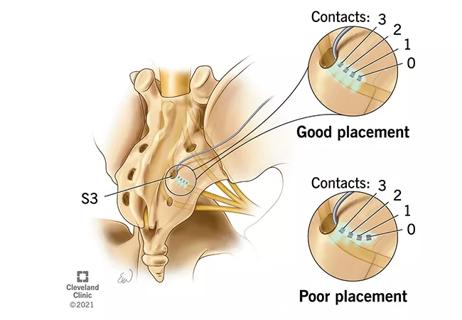
Study leverages data from the ROSETTA trial
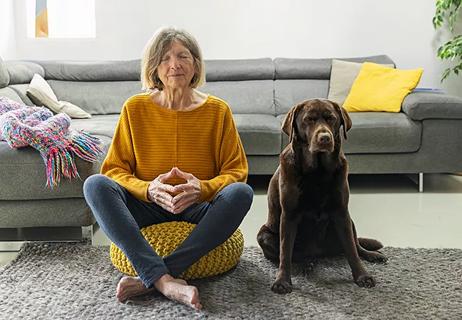
Two-hour training helps patients expand skills that return a sense of control

Telehealth aids in treatment of fibromyalgia and median arcuate ligament syndrome
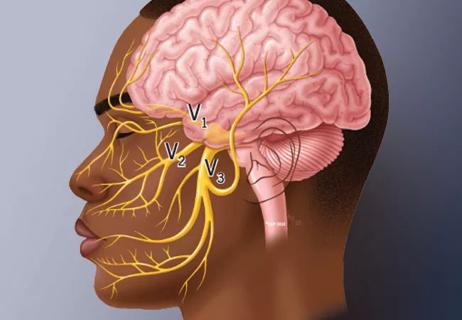
A review of takeaways from the recent U.K. national guidelines
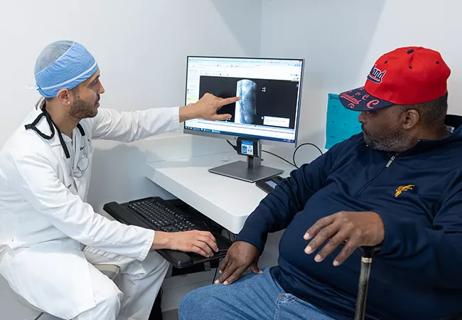
Spinal cord stimulation can help those who are optimized for success
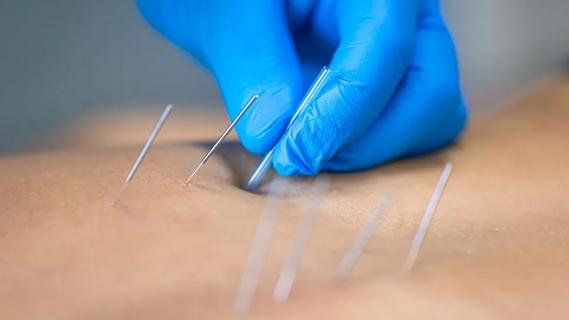
Program enhances cooperation between traditional and non-pharmacologic care